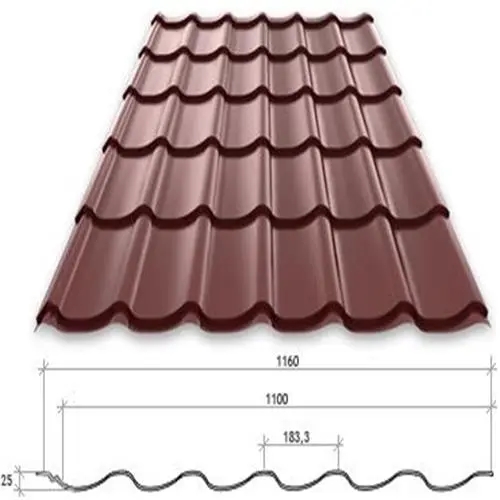
Galvanized Cable Tray Making Machine A Comprehensive Overview
In the world of electrical wiring and infrastructure, the efficient organization and management of cables play a pivotal role in ensuring safety and functionality. One of the key components in achieving this is the cable tray, which serves as a support system for cable management. Among the various materials used in constructing cable trays, galvanized steel stands out due to its corrosion resistance, strength, and longevity. To meet the increasing demand for high-quality cable trays, manufacturers have turned to advanced technology, particularly the galvanized cable tray making machine.
Understanding Galvanization
Galvanization is the process of applying a protective zinc coating to steel or iron to prevent rusting, thus extending its lifespan. This process is crucial for cable trays as they are often exposed to harsh environmental conditions, including moisture and chemicals. The galvanized cable tray making machine automates the production process, ensuring that the trays produced are uniform, durable, and efficient. The machine employs various techniques, including hot-dip galvanization and electro-galvanization, each offering unique benefits and applications.
The Machine and Its Components
A typical galvanized cable tray making machine consists of several key components that work in harmony
1. Feeding System This part of the machine is responsible for feeding raw steel into the production line. Modern machines utilize advanced sensors and drives to ensure precise feeding, which minimizes waste and maximizes efficiency.
2. Forming Station Here, the flat steel strips are shaped into the desired tray configuration. This process often involves various methods such as roll forming or bending, allowing for different tray styles, including ladder, perforated, or solid trays.
3. Cutting Unit After the trays have been formed, they need to be cut to specific lengths. The cutting unit is designed to provide accurate and clean cuts, ensuring that every piece meets industry regulations and quality standards.
4. Galvanization Process This is where the trays receive their protective zinc coating. The trays are either submerged in a bath of molten zinc (hot-dip galvanization) or coated through an electrolytic process (electro-galvanization). Both methods ensure a robust protective layer that enhances the trays' durability.
5. Cooling and Drying Section After galvanization, the trays must be cooled and dried adequately to prepare them for packaging. This section may include automated cooling systems that ensure uniform temperature reduction and prevent deformation.

6. Packaging Unit Finally, the finished trays are collated, packaged, and prepared for shipment. Automated packaging systems enhance efficiency, reducing handling time and the potential for damage during transport.
Advantages of Using a Galvanized Cable Tray Making Machine
Investing in a galvanized cable tray making machine presents numerous advantages to manufacturers
1. Efficiency Automated systems significantly reduce production time, allowing for increased output without compromising quality.
2. Precision Advanced technology ensures that each tray is produced with high precision, maintaining uniform dimensions and quality.
3. Cost-Effectiveness By reducing manual labor and waste, manufacturers can lower operational costs while increasing profit margins.
4. Versatility These machines can be adjusted to produce various types of trays, accommodating shifting market demands and customer needs.
5. Durability The end product is a robust cable management solution capable of withstanding severe conditions, further reinforced by the galvanization process.
Conclusion
The galvanized cable tray making machine is an essential investment for manufacturers looking to meet the growing demand for reliable cable management solutions. As industries continue to evolve, the need for durable and efficient cable trays remains critical. By leveraging modern technology, manufacturers can ensure they stay competitive while providing high-quality products that meet the stringent requirements of various sectors. In a world increasingly reliant on electrical infrastructures, the importance of these machines cannot be overstated.